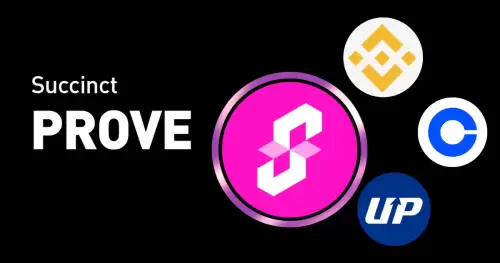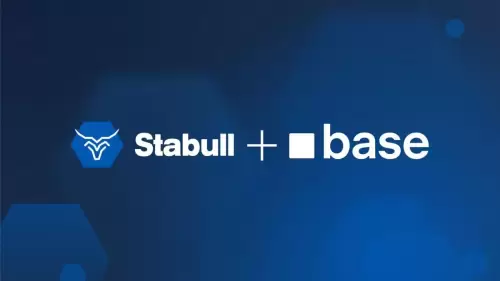 |
|
 |
|
 |
|
 |
|
 |
|
 |
|
 |
|
 |
|
 |
|
 |
|
 |
|
 |
|
 |
|
 |
|
 |
|

Polkadot, a project aiming to connect blockchains, has indeed had its shining moments, especially after a long bear market. It's possible to see a bull market rise by 1 to 2 times from here, but this is not guaranteed.
Astro Boy, Polkadot's competitor, is known for being clean and efficient. Using its chain does not require consuming Astro Boy, which may be why it has been criticized by the community and has not risen. There are no benefits to buying it, and there is no room for speculation, making it very simple.
Polkadot's ecosystem is still quite good, and it's a bit better than Astro Boy's. The main reason is that the founder is impressive, as he was the former CTO of Ethereum. From a technical perspective, there are no issues with Polkadot.
However, its prospects lie in cross-chain technology, which is risky and may not appeal to many people. Personally, I don't really dare to cross chains as I fear losing coins after being attacked.
Does this cross-chain technology really have a large-scale prospect? Currently, it's hard to say. Of course, if the virtual world of Web3 really opens up, then this cross-chain application will be significant.
Currently, the market value of $DOT is 6.4 billion, but as it stands, this valuation is neither high nor low, considering it's an infinitely inflationary coin, and the foundation has long since laid back with the young models. I certainly won't be buying any $DOT.
If you bought $DOT above $30, don't expect to break even in this lifetime. If you bought above $20, the chance of breaking even is less than 50%. But if you bought around $10, breaking even should not be a problem, and I hope you can break even in the next bull market.
However, what is the point of breaking even if you don't make a profit?
If you don’t understand anything and just want to buy in a bear market and sell in a bull market, then learn this trick: open the software, set it to weekly, then zoom out, and when it’s in a straight line, buy in. Sell out at the peaks in the valleys.
Don’t rush in when it’s at a peak; instead, dive in when it’s in a straight line.
If you can understand this point, you have already defeated countless retail investors.
免责声明:info@kdj.com
所提供的信息并非交易建议。根据本文提供的信息进行的任何投资,kdj.com不承担任何责任。加密货币具有高波动性,强烈建议您深入研究后,谨慎投资!
如您认为本网站上使用的内容侵犯了您的版权,请立即联系我们(info@kdj.com),我们将及时删除。
-

- 以太坊,交易量和SEC的积分:导航监管景观
- 2025-08-06 22:05:31
- 以太坊的交易量在SEC Staking指导中涌现,提出了乐观和监管问题。这对Defi和Crypto的未来意味着什么?
-

- 加密市场的嗡嗡声:证明是共同案例,二元列表令牌
- 2025-08-06 22:00:30
- 加密市场将新的动态视为简洁的象征性收益在Coinbase和Binance等主要交易所的列表之后。是什么推动了这一激增?
-

- 巴西,比特币,听证日期:巴西要拥抱比特币吗?
- 2025-08-06 20:00:10
- 巴西代表会议将于2025年8月20日举行公开听证会,讨论在其国家储备中增加比特币。这可以改变游戏规则吗?
-

-

- Wewake Finance:这是您一直在等待的加密ROI机会吗?
- 2025-08-06 20:00:00
- 探索Wewake Finance对Web3可访问性的创新方法及其在不断发展的加密景观中的高ROI潜力。
-

- Pancakeswap,美国股票和永久合同:Defi的新边界
- 2025-08-06 19:53:39
- Pancakeswap潜入美国的股票代币永久合同,与传统的金融架起融合。这是分散交易的未来吗?
-

-

- 加密,东盟和菲律宾:Web3的后起之秀?
- 2025-08-06 19:51:28
- 菲律宾将自己定位为东盟的Web3中心。即将举行的事件和像特朗普这样的主要参与者会加速加密货币的采用?
-






























































